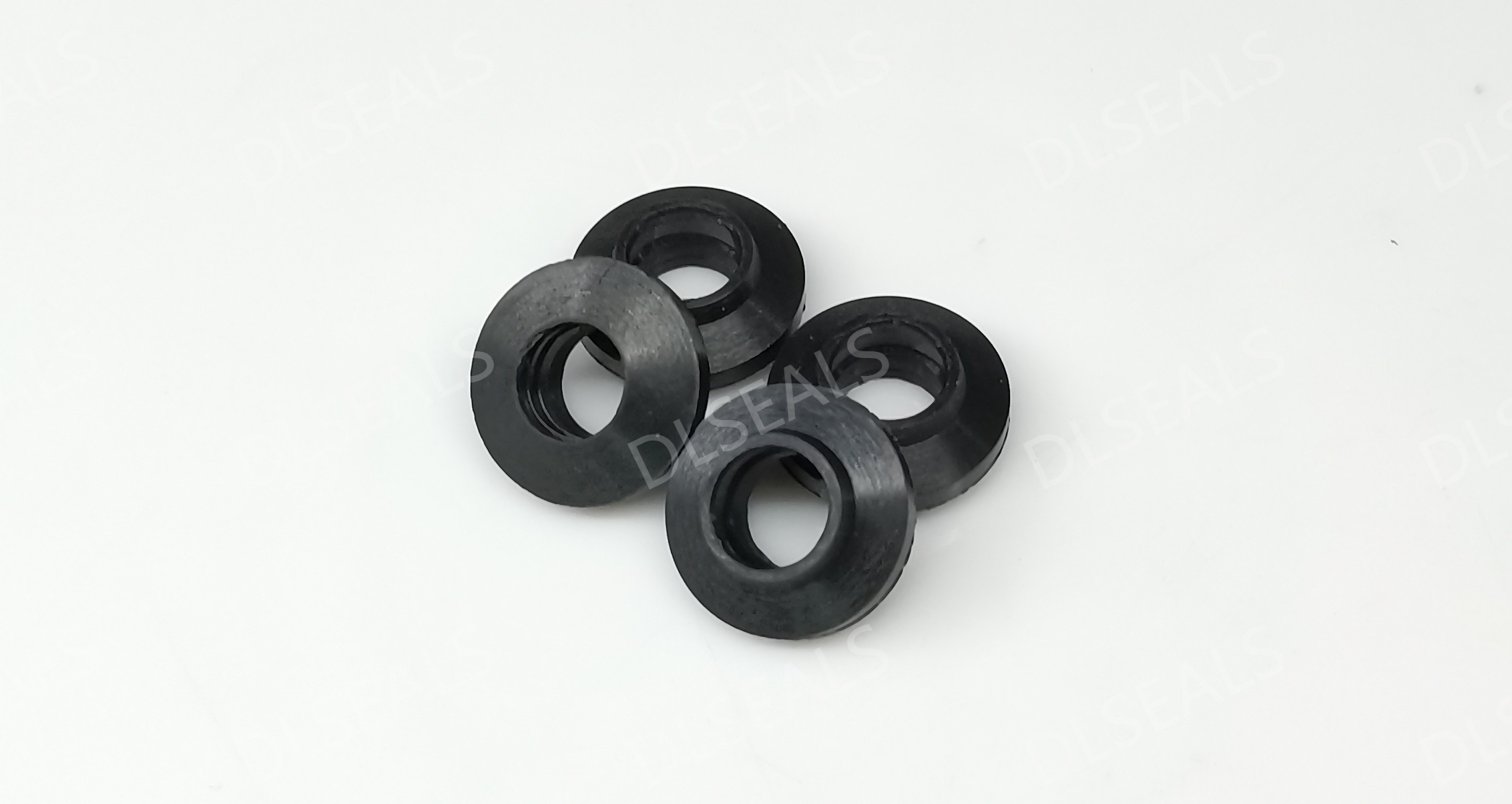
Abstract
NBR (Nitrile Butadiene Rubber) seals play an important role in industrial applications due to their excellent oil resistance, wear resistance and chemical resistance. This article will explore the material characteristics, physical properties, application areas and future development direction of NBR seals in depth, aiming to provide comprehensive reference information for engineers and industry practitioners.
Text
1. NBR Material Characteristics
NBR is a high-performance rubber material copolymerized by acrylonitrile (ACN) and butadiene. The ACN content (usually between 18% and 50%) determines the hardness and oil resistance of NBR.
Oil resistance: NBR has excellent oil and fuel resistance and is suitable for a variety of petroleum-based and synthetic lubricant environments.
Wear resistance: NBR with high ACN content has excellent wear resistance and is suitable for high friction and high wear environments.
Chemical resistance: NBR has good corrosion resistance to a variety of chemicals (such as acids, alkalis, and solvents).
Temperature adaptability: The applicable temperature range of NBR is usually -40°C to 120°C, and some high-performance NBR can reach 150°C.
2. Physical properties of NBR seals
Hardness: The hardness of NBR can be controlled by adjusting the ACN content and vulcanization conditions. The common hardness range is 50 to 90 Shore hardness.
Tensile strength: NBR with high ACN content has high tensile strength, usually between 15 and 25 MPa.
Elongation: NBR has a high elongation, usually between 300% and 600%, providing good elasticity.
Tear resistance: NBR has good tear resistance and is suitable for applications requiring high durability.
3. Application areas
NBR seals are widely used in multiple industries and equipment due to their excellent performance.
3.1 Automotive industry
Engine seals: NBR seals are used for engine oil seals, valve oil seals, crankshaft oil seals, etc. to prevent lubricating oil leakage and fuel mixing.
Body parts: such as door and window seals, windshield seals, etc., provide good sealing and shock absorption effects.
3.2 Industrial equipment
Hydraulic system: NBR seals are used in various hydraulic pumps, valves and actuators to ensure efficient and reliable operation of the system.
Pneumatic system: such as cylinder seals, valve seals, etc., provide stable airtightness to prevent gas leakage.
3.3 Oil and gas
Pipelines and valves: NBR seals are used in oil and gas pipelines and valves to withstand high temperature, high pressure and corrosive media.
Tank seals: Ensure the sealing of tanks to prevent oil and gas leakage.
3.4 Pharmaceuticals and food
Sanitary equipment seals: NBR seals meet food grade and pharmaceutical grade standards and are used for sealing food processing equipment and pharmaceutical equipment.
Conveying system: NBR seals are used in food and pharmaceutical conveying systems to ensure that products are not contaminated.
4. Future development trends
4.1 High-performance NBR materials
Improved wear resistance: Through nanotechnology and other advanced material technologies, the wear resistance and service life of NBR are further improved.
High temperature adaptability: Research and develop new high-temperature NBR materials to expand their applicable temperature range and meet the needs of higher temperature working conditions.
Multifunctionality: Develop multifunctional NBR materials that combine oil resistance, wear resistance, chemical resistance and weather resistance to improve comprehensive performance.
4.2 Green and environmental protection
Bio-based NBR: Explore the application of bio-based raw materials and renewable resources in NBR production, reduce dependence on petroleum resources, and promote green environmental protection.
Recyclable materials: Develop recyclable and degradable NBR materials to reduce environmental pollution and promote sustainable development.
4.3 Intelligent application
Intelligent monitoring: Combine sensors and Internet of Things technology to develop intelligent NBR seals to achieve real-time monitoring and fault warning, and improve equipment reliability and safety.
Data-driven design: Use big data and artificial intelligence technology to optimize the design parameters and use conditions of NBR seals to improve performance and life.
4.4 Customized solutions
Customized design: According to the needs of different industries and application scenarios, provide personalized NBR seal design solutions to meet customers’ specific requirements.
Rapid manufacturing: Through the application of advanced manufacturing technologies (such as 3D printing), NBR seals can be quickly designed and produced, with shorter delivery cycles and faster market response.
5. Conclusion
NBR seals are widely used in many industries, including automotive industry, industrial equipment, oil and gas, pharmaceuticals and food, due to their excellent oil resistance, wear resistance and chemical resistance. In the future, NBR seal technology will make significant progress in high-performance materials, green environmental protection, intelligent applications and customized solutions, providing more efficient, safe and environmentally friendly sealing solutions for various industries.
Industry practitioners and enterprises should actively pay attention to the development of NBR material technology, continuously innovate and optimize products to adapt to changes in market demand and technological progress, and promote NBR seal technology to new heights. Through continuous technology research and development and market expansion, the NBR seal industry will play a more important role in global industrial development.
Post time: Nov-02-2024
